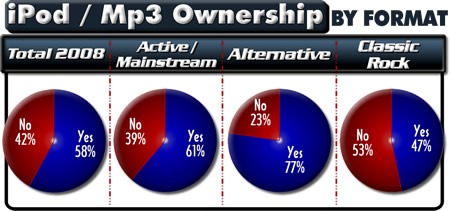 If you haven’t checked out Hulu.com, take some time over a weekend or a slow evening. But you’d better prepare to spend a couple of hours watching some interesting television – or perhaps, better referred to as video. A product of NBC Universal and News Corporation, Hulu is the next wave of video streaming, and the selection is pretty cool. It may not upend YouTube, but unlike that network – loaded with home videos shot by consumers – Hulu is actual television shows, from right now to the past. The commercials are unobtrusive, and the variety is steadily increasing.
If you haven’t checked out Hulu.com, take some time over a weekend or a slow evening. But you’d better prepare to spend a couple of hours watching some interesting television – or perhaps, better referred to as video. A product of NBC Universal and News Corporation, Hulu is the next wave of video streaming, and the selection is pretty cool. It may not upend YouTube, but unlike that network – loaded with home videos shot by consumers – Hulu is actual television shows, from right now to the past. The commercials are unobtrusive, and the variety is steadily increasing.
We talked about the whole Control-Variety-Choice model during "The Bedroom Project," and that’s exactly what Hulu is about. The television networks are buying in, despite the growing pains of revenue generation. Even though "old media" is struggling to find a revenue model that’s very effective, these forays into on-demand online content are signs that the media world is changing rapidly.
Where does radio fit into this model? We are woefully out of the CVC race, save for podcasting – the one area where our content can be accessed – and sponsored.
This year’s Tech Poll has some encouraging data in that regard. iPod ownership is now closing in on the 60% mark, and podcast downloading has doubled every year since ’06. Whether you agree that iPods are good or bad for radio, there’s no denying that they’ve replaced the Walkman in the portability race. And now that three-fourths of Alternative fans own one, how can broadcasters take advantage of this phenomenon?


NPR is well on the way to figuring it out. Their podcasts stats – downloads and sponsorships – are downright impressive. While public radio may have more available content than the average music station, the basic model is proof that radio can play in the CVC sandbox.
- Can Radio Afford To Miss The Short Videos Boat? - April 22, 2025
- Media And Technology In 2025: Believe It Or Not! - April 18, 2025
- In Radio, You Just Never Know - April 17, 2025




Leave a Reply